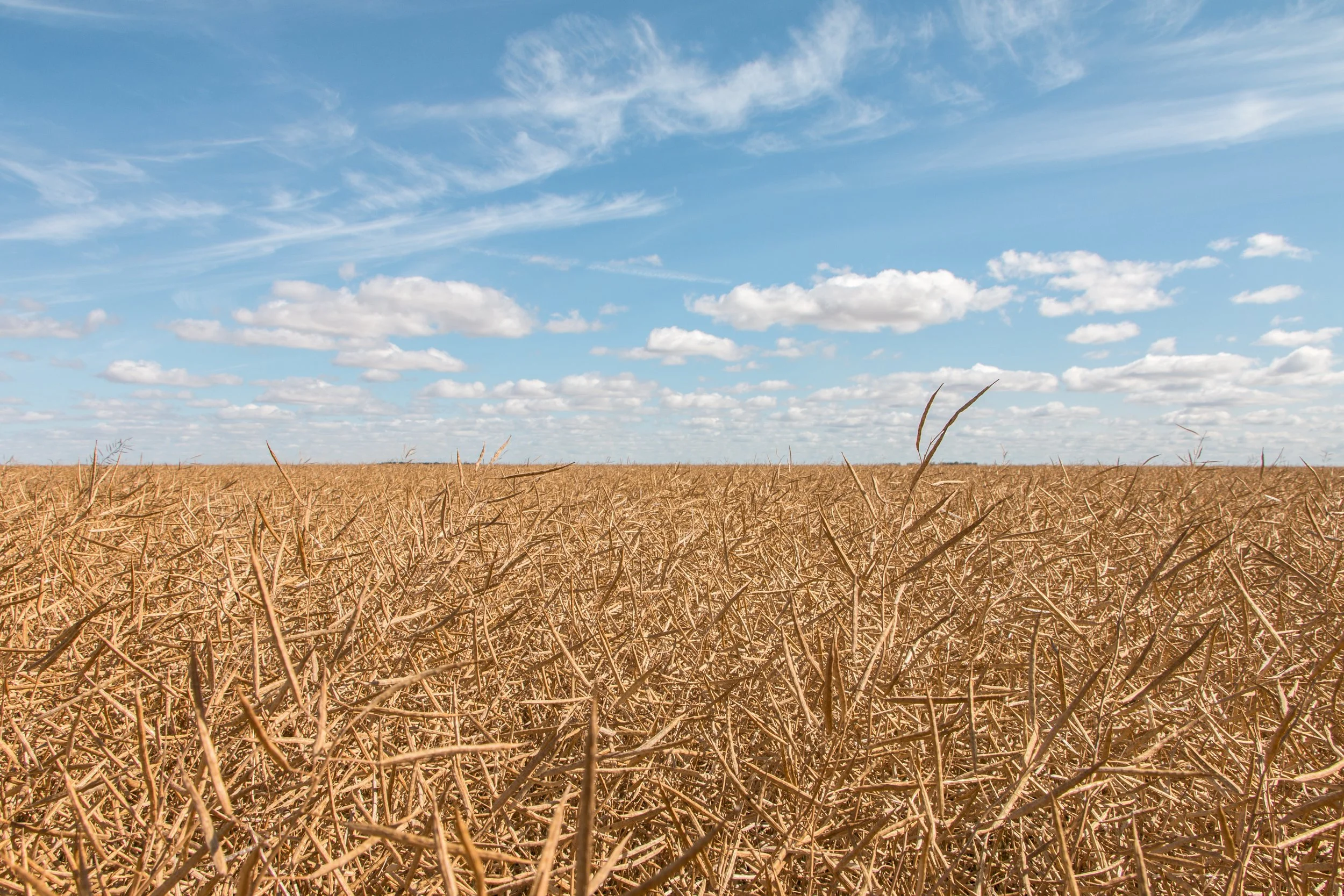Our Process
Our ten-step process involves prioritizing proper soil sampling technique, thorough analysis and strategic planning. The team at Elite Ag can help you make informed decisions, implement targeted interventions, and optimize your soil management practices achieving long-term sustainability and success in your agricultural endeavours.
Step One - Sampling
The first and most important step involves your Agri Coach collecting soil samples from your field. Using proper sampling techniques this process involves getting enough samples per field, sampling the correct areas, timing, and consistency. These samples and their results will be analyzed and strategized to create a plan right for you and your soil. Regular sampling intervals will allow to monitor any changes in your soil’s health.
Step Two - Physical and Chemical Properties
The second step helps us determine the size of the yield engine, which refers to the soil’s capacity to hold water and nutrients. Carbon, Oxygen and Hydrogen are the most important nutrients in plant production. They are supplied by the air. Water is then stored in the soil for future use. Like a sponge. A bigger sponge = a bigger yield engine.The main factors that determine the yield engine size include soil texture, organic matter content, and soil structure.
Step Three - Nitrogen Consideration
Nitrogen (N) is an important consideration in testing soil because it is they key nutrient that directly impacts plant growth. Organic nitrogen is derived from decomposed organic matter and inorganic nitrogen comes from ammonium and nitrate which can be implemented for plant uptake. Nitrogen levels can fluctuate depending on crop rotation, stubble management, your tillage system, spring temperatures and moisture and past nitrogen management. By tracking your soils nitrogen levels, we can help enhance crop performance and ensure efficient use of fertilizer.
Step Four - Sulphur Consideration
Measuring sulphur in soil samples will help in understanding leaching potential, accounting for variability, and addressing deficiencies or excesses. We can help you implement effective sulphur management strategies that will help support healthy plant growth and maximize your crops.
Step Five - Phosphate and Phosphate Interactions
When considering phosphate in soil sampling, several factors and interactions play a crucial role in understanding its dynamics and availability. The pH of soil can significantly impact phosphate availability. Phosphate build-up can lead to nutrient imbalances. Phosphate also interacts with other nutrients like calcium (Ca), magnesium (Mg), and aluminum (Al) and can affect its availability. These interactions can impact phosphate uptake or form insoluble compounds that can impair plant growth. Your Agri coach can make specific recommendations specific to your soils condition and cropping system.
Step Six - Potassium in Soil
When considering potassium in soil, two important factors to consider are potassium stratification and depth of potassium distribution. Over time potassium can accumulate in the upper layers of the soil which can lead to uneven potassium distribution, and it can affect roots access. Deep rooted crops will need access to potassium in the lower levels of your soil. Therefore, it is important to test the soil at different depths.
Step Seven - Base Saturation Analysis
This testing method assesses the proportion of cation exchange capacity (CEC) occupied by various base cations including potassium (K), calcium (Ca), and magnesium (Mg). The base saturation rate can differ depending on specific soil and crop requirements.
Optimal base saturation for the following cations:
-Potassium (K) optimal at 3-5%
-Calcium (Ca) optimal 65-75%
Problem in base saturations for the following cations:
-Magnesium (Mg) problems over 20%
-Sodium (Na) problems 2%-5%
Base saturation analysis will help with understanding your soil’s nutrient balance and cation distribution.
Step Eight - Ration Analysis
Ration analysis will help identify nutrient imbalances or deficiencies. When interpreting these ratios, the “lots/lots = good” or “little/little = good” guideline generally suggests that a balanced ratio where nutrient levels are relatively equal is desirable for optimal plant growth. However, it’s important to consider crop-specific nutrient requirements, as different crops may have varying optimal ratios.
Step Nine - Chloride Considerations
Chloride considerations in soil and crop management include the following. Chloride can be subject to leaching where there is excess water that can carry it beyond the root zone and impacting nutrient availability. Different crops also have varying sensitivity to chloride levels that can require careful management. A target chloride level of 20 parts per million (ppm) in the soil is often considered as a general guideline for crop growth. Monitoring and adjusting your unique plan will help ensure proper nutrient management.
Step Ten - Micronutrient Analysis
Monitoring micronutrient levels is important as they play vital roles in plant growth and development. The analysis involves evaluating the levels of essential micronutrients in soil, plant tissue or other agricultural samples.


